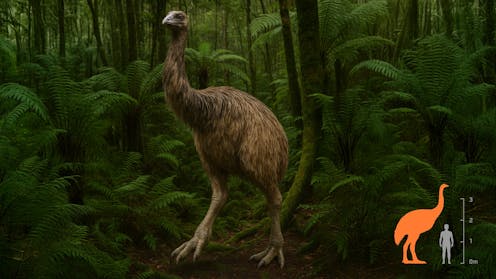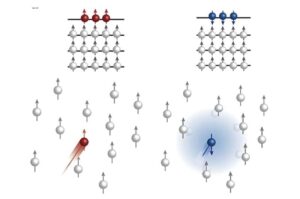
The announcement from Colossal Biosciences regarding the revival of New Zealand’s giant moa has generated significant concern among scientists. The company, in collaboration with the Canterbury Museum, the Ngāi Tahu Research Centre, and filmmaker Peter Jackson, aims to make the moa the next target for “de-extinction.” This initiative follows Colossal’s previous project involving the genetic recreation of the dire wolf, which has raised questions about the feasibility and ethics of resurrecting extinct species.
Reviving the moa presents unique challenges compared to the dire wolf. Birds are inherently more complex to “de-extinct” than placental mammals. For instance, bringing moa chicks to term would require a surrogate egg, and currently, there are no living birds large enough to fulfill this role. The development of artificial eggs might be necessary, complicating the process further.
Challenges in the De-Extinction Process
The evolutionary history of the moa adds another layer of difficulty. Research indicates that the moa is closely related to the tinamou, a small flying bird found in South America. To recreate the moa, scientists would need to trace back approximately 60 million years of evolution, a task that involves numerous genetic mutations over time. This complexity makes the prospect of genetically engineering a tinamou or another bird in the palaeognath group—a classification that includes emus, kiwis, and ostriches—particularly daunting.
Critics argue that even if a hybrid resembling a moa could be created, it would lack the essential “mauri,” or life force, that characterizes the original species. The absence of living analogues for the moa raises serious questions about whether any lab-created birds could effectively function within the New Zealand ecosystem.
Ethical Considerations and Community Engagement
Nic Rawlence, a researcher involved in sequencing the genomes of various moa species, highlights the lack of support for de-extinction among local iwi, or tribes. He points out that discussions with various tribal councils have shown resistance to the idea. There is a pressing need for Colossal Biosciences and its partners to clarify the extent of their consultations with the Ngāi Tahu iwi, which is significant given that the giant moa once inhabited their ancestral lands.
Concerns have been raised regarding the potential export of genetic material and bone samples from New Zealand, as well as ethical implications surrounding genetic engineering. Māori communities have expressed a desire for greater involvement in discussions regarding the implications of such projects.
Additionally, restoring the natural habitat suitable for the moa poses challenges, as significant portions of the original ecosystems have been lost. The eastern South Island, once rich in biodiversity, now offers limited habitat for potential moa reintroduction.
The practicalities of maintaining a viable population of resurrected moas also need consideration. To avoid inbreeding and genetic drift, a minimum of 500 individuals would be necessary. This raises questions about funding and resource allocation, as the financial support for resurrected species might detract from ongoing conservation efforts aimed at living endangered species.
The technology being developed by Colossal could hold promise for the conservation of New Zealand’s endangered fauna. For instance, genetically engineering a kākāpō to enhance its disease resistance could be a valuable endeavor, provided it receives broad community support.
Ultimately, investment in the conservation of currently endangered species may offer a more immediate benefit than pursuing the revival of extinct species like the giant moa. As discussions continue, the implications of de-extinction projects will require careful ethical considerations and community engagement to ensure they align with the values and needs of the local populations.






